#spectroscopy
Text
Black Scientists and Engineers Past and Present Enable NASA Space Telescope
The Nancy Grace Roman Space Telescope is NASA’s next flagship astrophysics mission, set to launch by May 2027. We’re currently integrating parts of the spacecraft in the NASA Goddard Space Flight Center clean room.
Once Roman launches, it will allow astronomers to observe the universe like never before. In celebration of Black History Month, let’s get to know some Black scientists and engineers, past and present, whose contributions will allow Roman to make history.
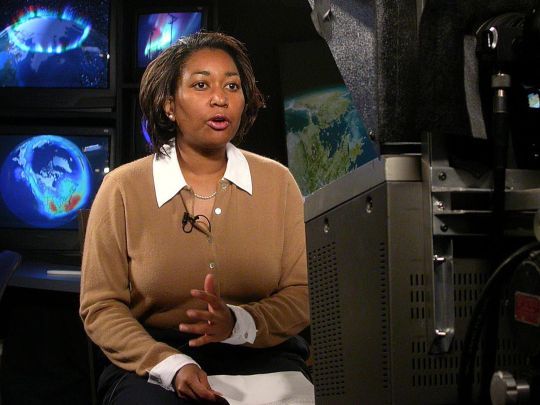
Dr. Beth Brown
The late Dr. Beth Brown worked at NASA Goddard as an astrophysicist. in 1998, Dr. Brown became the first Black American woman to earn a Ph.D. in astronomy at the University of Michigan. While at Goddard, Dr. Brown used data from two NASA X-ray missions – ROSAT (the ROentgen SATellite) and the Chandra X-ray Observatory – to study elliptical galaxies that she believed contained supermassive black holes.
With Roman’s wide field of view and fast survey speeds, astronomers will be able to expand the search for black holes that wander the galaxy without anything nearby to clue us into their presence.
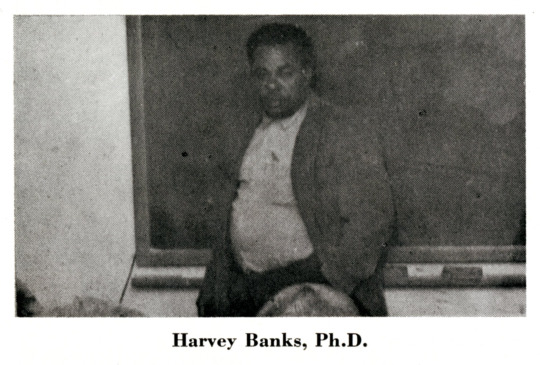
Dr. Harvey Washington Banks
In 1961, Dr. Harvey Washington Banks was the first Black American to graduate with a doctorate in astronomy. His research was on spectroscopy, the study of how light and matter interact, and his research helped advance our knowledge of the field. Roman will use spectroscopy to explore how dark energy is speeding up the universe's expansion.

NOTE - Sensitive technical details have been digitally obscured in this photograph.
Sheri Thorn
Aerospace engineer Sheri Thorn is ensuring Roman’s primary mirror will be protected from the Sun so we can capture the best images of deep space. Thorn works on the Deployable Aperture Cover, a large, soft shade known as a space blanket. It will be mounted to the top of the telescope in the stowed position and then deployed after launch. Thorn helped in the design phase and is now working on building the flight hardware before it goes to environmental testing and is integrated to the spacecraft.
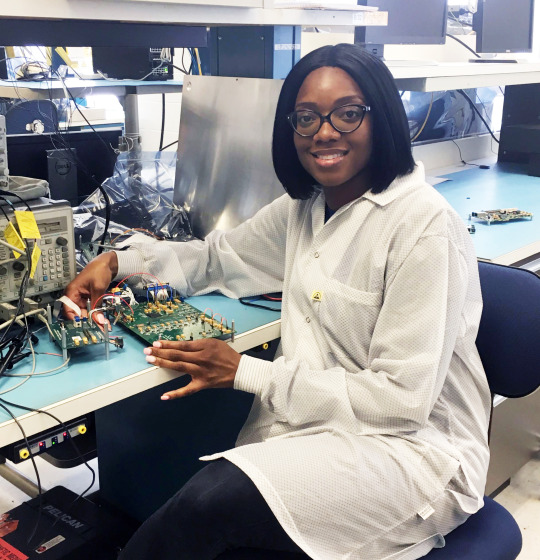
Sanetra Bailey
Roman will be orbiting a million miles away at the second Lagrange point, or L2. Staying updated on the telescope's status and health will be an integral part of keeping the mission running. Electronics engineer Sanetra Bailey is the person who is making sure that will happen. Bailey works on circuits that will act like the brains of the spacecraft, telling it how and where to move and relaying information about its status back down to Earth.
Learn more about Sanetra Bailey and her journey to NASA.
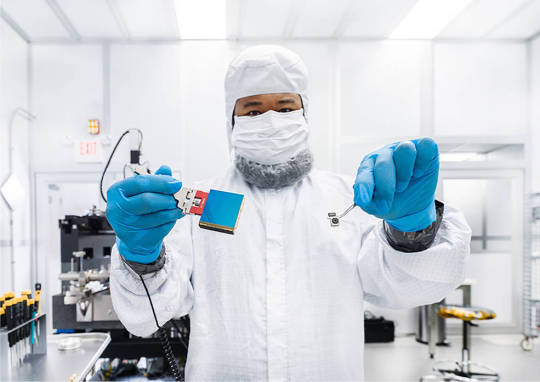
Dr. Gregory Mosby
Roman’s field of view will be at least 100 times larger than the Hubble Space Telescope's, even though the primary mirrors are the same size. What gives Roman the larger field of view are its 18 detectors. Dr. Gregory Mosby is one of the detector scientists on the Roman mission who helped select the flight detectors that will be our “eyes” to the universe.
Dr. Beth Brown, Dr. Harvey Washington Banks, Sheri Thorn, Sanetra Bailey, and Dr. Greg Mosby are just some of the many Black scientists and engineers in astrophysics who have and continue to pave the way for others in the field. The Roman Space Telescope team promises to continue to highlight those who came before us and those who are here now to truly appreciate the amazing science to come.

To stay up to date on the mission, check out our website and follow Roman on X and Facebook.
Make sure to follow us on Tumblr for your regular dose of space!
#NASA#astronomy#telescope#Roman Space Telescope#galaxies#black holes#space tech#astrophysics#spectroscopy#STEM#engineering#Black History Month#BlackExcellence365#science#tech#technology
2K notes
·
View notes
Text

Unlocking the full potential of Auger electron spectroscopy
Auger electron spectroscopy (AES) is an incredibly useful technique for probing material samples—but current assumptions about the process ignore some of the key time-dependent effects it involves. So far, this has resulted in overly-simplified calculations, which have ultimately prevented the technique from reaching its full potential.
In a study published in The European Physical Journal Plus Alberto Noccera at the University of British Columbia, Canada, together with Adrian Feiguin at Northeastern University, United States, developed a new computational approach which offers a more precise theoretical description of the AES process, while taking its time dependence into account. Their method could help researchers to improve their quality of material analysis across a wide array of fields: including chemistry, environmental science, and microelectronics.
In the Auger process, an inner-shell electron is initially kicked out of its atom, often through an impact with an energetic light pulse. Afterward, the vacancy it leaves behind is filled by an outer-shell electron.
Read more.
11 notes
·
View notes
Text
Researchers at the Max Planck Institute of Quantum Optics (MPQ) have successfully developed a new technique for deciphering the properties of light and matter that can simultaneously detect and precisely quantify many substances with high chemical selectivity. Their technique interrogates the atoms and molecules in the ultraviolet spectral region at very feeble light levels.
7 notes
·
View notes
Photo



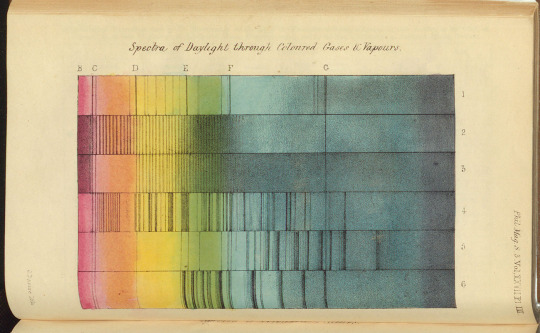
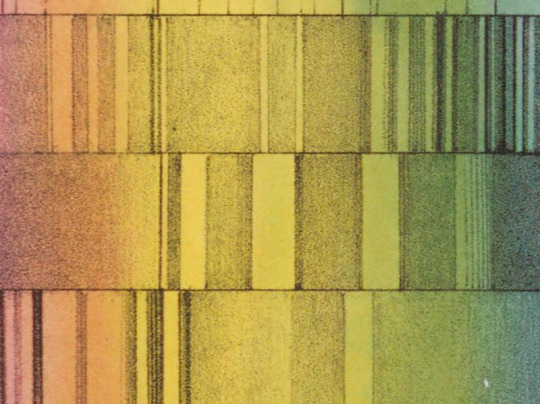


William Allen Miller and William Hallowes Miller – Scientists of the Day
William Hallowes Miller, a Welsh crystallographer and mineralogist, was born Apr. 6, 1801.
read more...
#William Hallowes Miller#William Allen Miller#spectroscopy#chemistry#histsci#histSTM#19th century#history of science#Ashworth#Scientist of the Day
44 notes
·
View notes
Text
Figure 20.6 shows an infrared spectrum of aspirin.
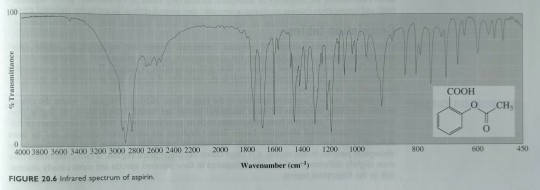
"Chemistry" 2e - Blackman, A., Bottle, S., Schmid, S., Mocerino, M., Wille, U.
4 notes
·
View notes
Text
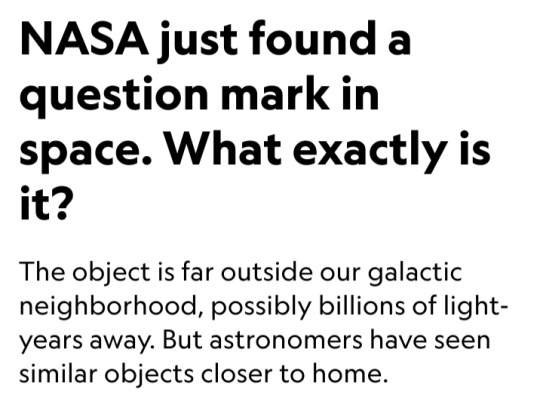
By Allie Yang
10 August 2023

Two of our galaxy’s most famous stars were recently photobombed by what appears to be a celestial question mark.
The symbol was spotted in a new image from the James Webb Space Telescope (JWST) of the forming stars Herbig-Haro 46/47, which are well-known and have been frequently observed by astronomers.
These two stars can provide clues about how our own sun may have formed.
They’re relatively close to Earth, about 1,400 light-years, and relatively young, only a few thousand years old.
In fact, they’re still in gestation and have not technically been “born” yet, which is marked when the stars start shining from their own nuclear fusion.
The image is the first of the twin protostars from the NIRCam instrument on JWST.
It was captured using infrared light, which penetrates space dust more easily than visual light, and it is the highest resolution image of the objects ever seen at these wavelengths.
The telescope’s astonishing sensitivity allowed the glowing red question mark to be captured in the lower center of the image.
The object is far outside our galactic neighborhood, possibly billions of light-years away, says Christopher Britt, an education and outreach scientist at the Space Telescope Science Institute who helped plan these observations.
His best guess is that the question mark is actually two galaxies merging.
“That's something that's seen fairly frequently, and it happens to galaxies many times over the course of their lives,” he says.
“That includes our own galaxy, the Milky Way … [it] will merge with Andromeda in about four billion years or so.”
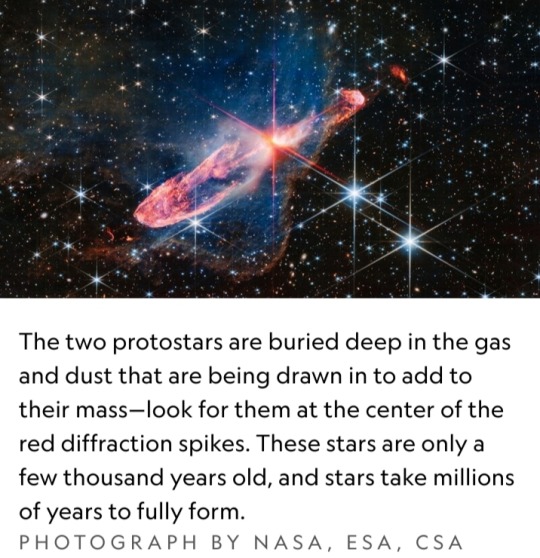
The hints pointing to two galaxies are found in the question mark’s strange shape.
There are two brighter spots, one in the curve and the other in the dot, which could be the galactic nuclei, or the centers of the galaxies, Britt says.
The curve of the question mark might be the “tails” being stripped off as the two galaxies spiral toward each other.
“It's very cute. It's a question mark … But you can find the colons and semicolons, and any other punctuation mark, because you have 10,000 little smudges of light in each image taken every half hour,” says David Helfand, an astronomer at Columbia University.
The sheer number of shining objects we find are bound to create some serendipitous images, and our brains have evolved to find those patterns, he says.
Astronomers have seen similar objects closer to home.
Two merging galaxies captured by the Hubble Space Telescope in 2008 also look like a question mark, just turned 90 degrees.
Helfand says the question mark seems to be two objects, the curve and the dot, but could be more that just happened to line up.
They could also be completely unrelated objects, he says, if one is much closer to Earth than the other.
Britt warns that estimating distance based only on colors in the image can be tricky.
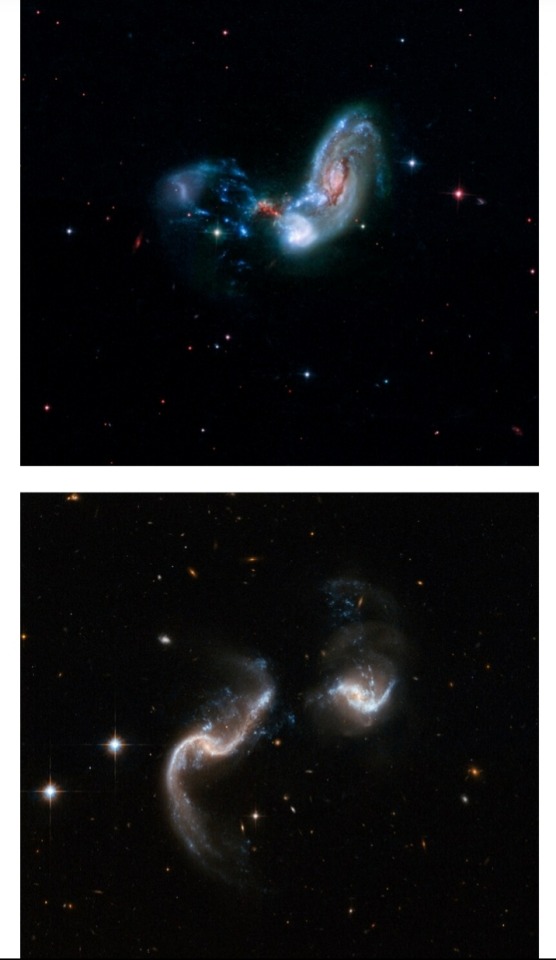
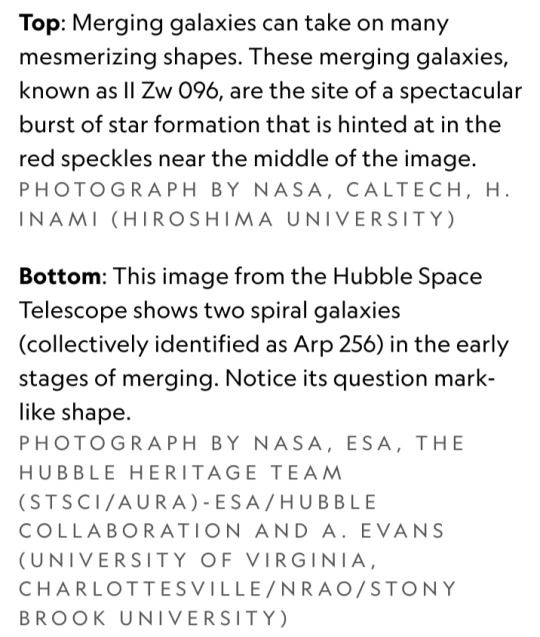
The red of the question mark could mean it’s very far away (light waves stretch as they travel through the expanding universe, shifting to redder wavelengths) or that it’s closer and obscured by dust near the object.
It would take more investigation to identify exactly how far away the question mark is.
This could be done by measuring photometric redshifts, determined by the brightness observed through different filters, but this would only provide an estimate for the distance, Britt says.
Spectroscopy, which analyzes light from the source to determine its elemental makeup, could provide a more exact distance but requires a separate instrument to measure.
Given the number of intriguing targets spotted by JWST, the question mark may never receive this treatment.
For now, the source of this symbol in the sky remains a cosmic mystery.
#James Webb Space Telescope (JWST)#celestial question mark#stars#galaxy#space#astronomy#Herbig-Haro 46/47#NIRCam#infrared light#protostars#Christopher Britt#Space Telescope Science Institute#galactic nuclei#astronomers#Hubble Space Telescope#photometric redshifts#Spectroscopy#cosmic mystery#National Geographic#Nat Geo#NASA
9 notes
·
View notes
Text

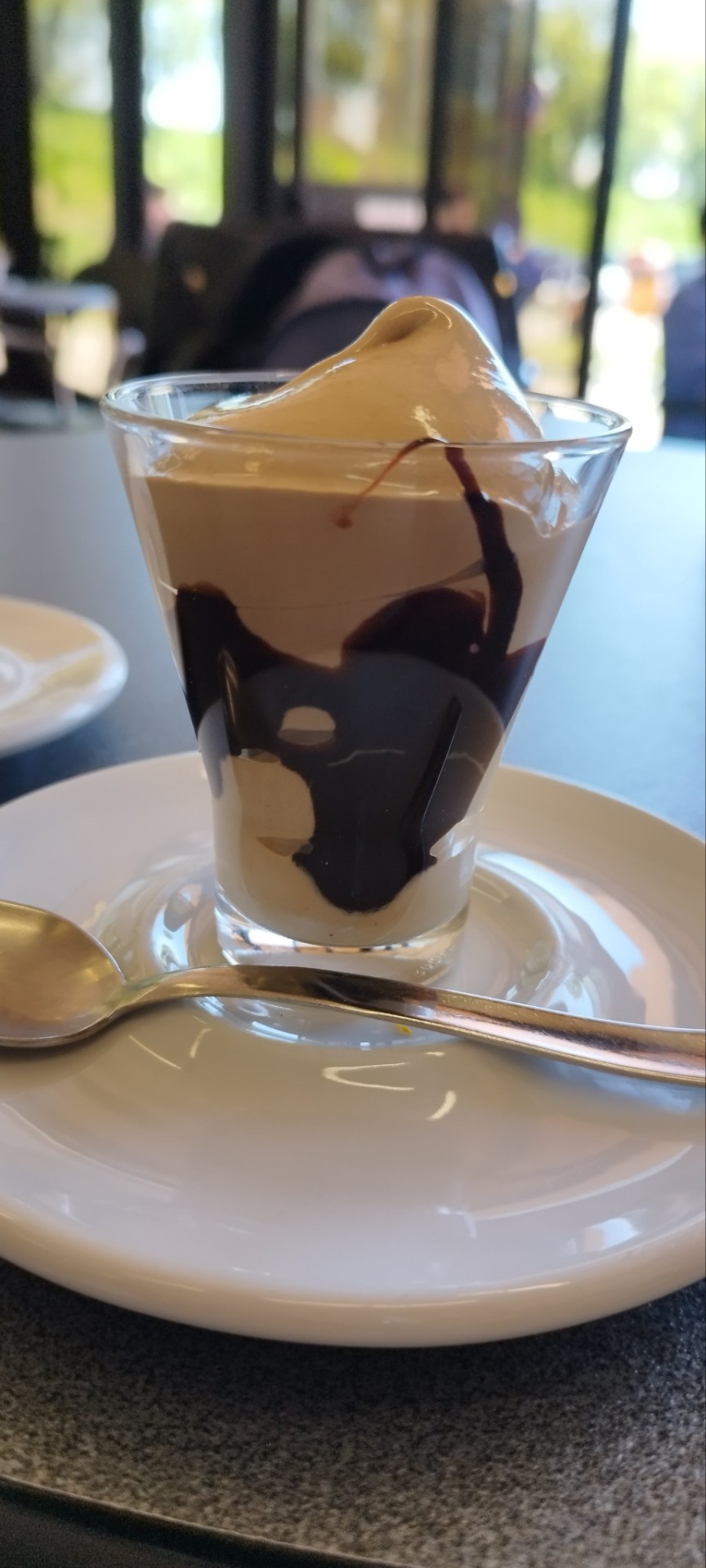
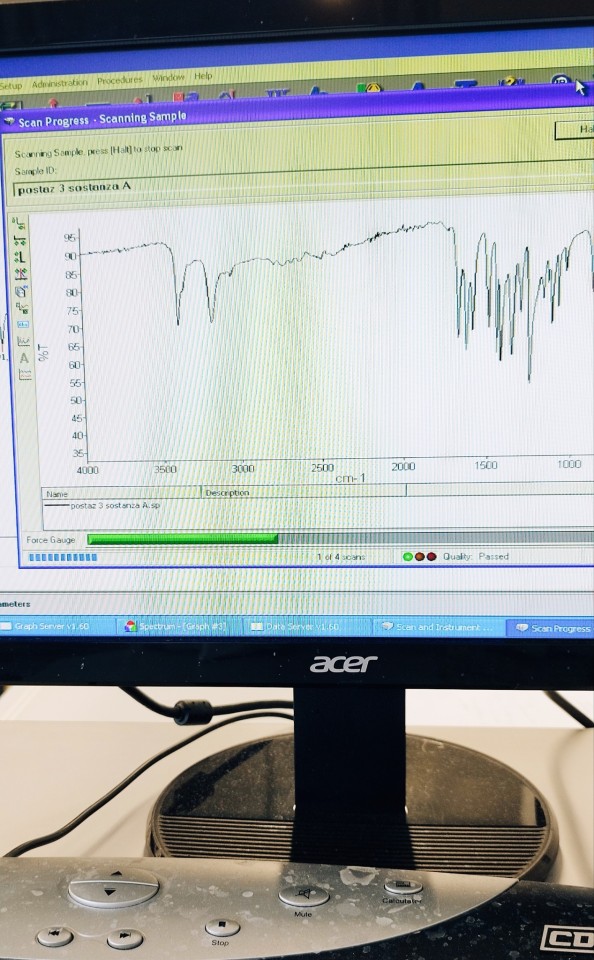
I'm finally getting the hang of this lab, I definitely feel more confident carrying out all the tests and interpreting the results and especially the IR spectra ✨😎 It's so satisfying at the end of the day, but tiring as well... so what's better than a sweet cup of coffee cream and chocolate to power through the warm spring days? 😌☕
Ps: I'm falling in love with the Clarke's textbook
#chemistry#study#exams#notes#pharmacy#study notes#studyblr#ctf#spectroscopy#analytical chemistry#laboratory#stemblr#stem#Spotify
7 notes
·
View notes
Photo
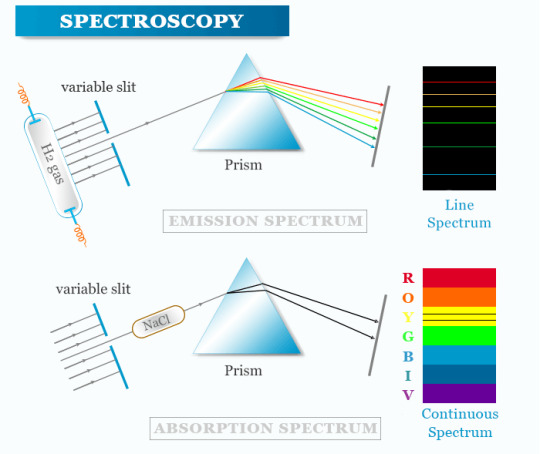
Spectroscopy deals with the study of the electromagnetic spectrum produced by matter when interacting or emitting electromagnetic radiation. In simple words, spectroscopy is a method that is used to measure how much light is absorbed by a chemical substance and at what intensity of light passes through it for more information about spectroscopy
9 notes
·
View notes
Photo
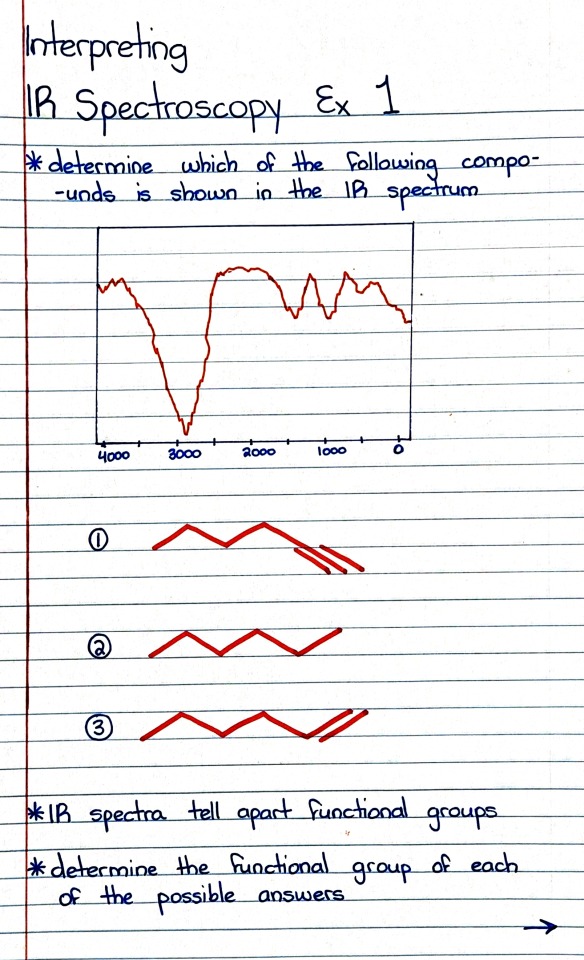
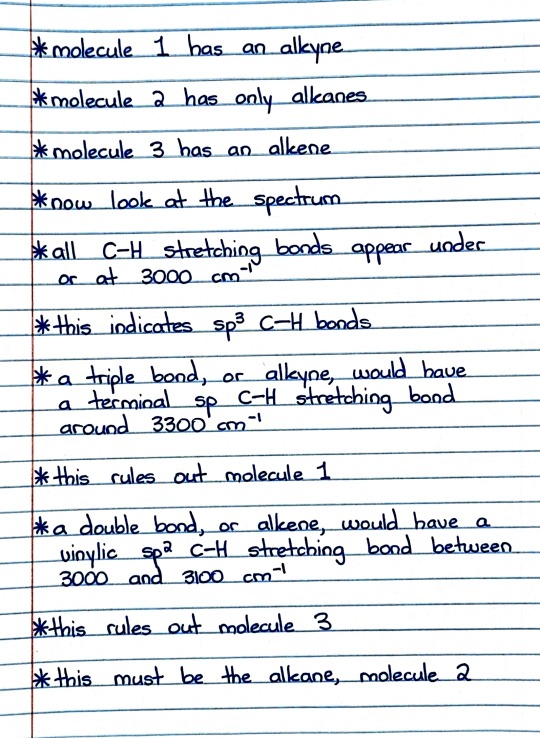
#organic chemistry#ochem#o-chem#o chem#ochem 1#ochem 2#organic chemistry 1#organic chemistry 2#mcat organic chemistry#orgo#reactions#orgo reactions#chemical reactions#orgo mcat#mcat orgo#ochem reactions#ir spectroscopy#spectroscopy#studyblr#notes#my notes
9 notes
·
View notes
Text
No one talks about the hard parts of science, AKA the part where you have to manually convert file types because of company proprietary data storage types. Truly love dealing with those, but it'll be fine. And, I get to explain how to calibrate files instead of doing it myself tomorrow over a phone call! Fingers crossed I survive?
Why do companies have to ruin science smh, capitalism truly is the enemy of the people with that one
#nuclear physics#data analysis#spectroscopy#let me just nerd out about my goofy little autistic particles please
2 notes
·
View notes
Text
Raman Scattering
Introduction
Raman Scattering, a fundamental phenomenon in the world of light-matter interactions, provides a powerful tool for scientists to explore the nature of materials. Discovered by Sir C.V. Raman in 1928, this scattering event involves a change in the energy (and thus wavelength) of light when it interacts with a material. The study of Raman scattering has found broad applications, from…
View On WordPress
2 notes
·
View notes
Text
Welcome to 'Demystifying Science'!
Date: 2022-08-17, Wednesday
Introduction
Hello to all who are reading this!
My name is Eilidh, and I am a PhD student studying biophysics. I have a goal of becoming a scientific communicator when I graduate in a couple of years, and I thought a tumblr blog would be a wonderful place to start thinking about this. As the title implies, I have a passion for making science accessible to people who aren't in science fields but still like to read about it. I think learning about science can be a wonderful hobby no matter what your job or lifestyle is!
Considering the ongoing COVID-19 pandemic and the initial challenges associated with how the public received information and recommendations concerning the virus, clear scientific communication seems to be rather lacking in today's political, economic, and social climate. I think it's of great importance to be able to communicate science effectively to anyone, and that is my goal for this blog. Of course, I will be learning on the way, so feedback and engagement is much appreciated!
I don't really believe that 'science is hard'. Sometimes it's just explained in a rather non-intuitive way. I used to struggle with science and math when I was younger -- I was always better with reading and writing. I do enjoy math and science, though I find I have to work really hard at it to gain a good understanding. I've had great teachers and professors throughout the years who have helped explain things in terms I found more accessible. I am grateful for them.
Science, above all, isn't just a compendium of facts. It's a process that is used to figure out how the world works. I think that's beautiful, and I hope it can be beautiful for you too.
What this blog will be about (at least in the beginning)
The sun the scientific world revolves around is the journal article. Estimated over a million published per year, the scientific article provides the backbone for advancement and understanding. Without them, science would progress in a vacuum, which would make it slower and the creative environment wouldn't flourish. Sometimes one article can entirely change the course of a PhD (I've seen it happen)! If you wanted to put science learning down to a basic unit, the journal article is it.
My goal with this blog is to help demystify journal articles I and you find interesting, as well as provide updates on the research experiences I go through as a upper-year PhD candidate. I will do my best to explain articles in an accessible way, and it'll help with my goal of reading more, too! If you have recommendations or curiosities, please send them my way! If you'd like information about graduate school in the sciences in general, I'd be happy to answer questions to the best of my ability as well.
If anybody is interested in guest-writing an article for this blog or having an article edited, please let me know via messages! I really like editing work too. I love writing in general and do creative writing as a hobby. I am hoping to turn writing into my career.
I hope everyone who see this will enjoy what the blog has to offer! Apart from the introductory posts, my tentative post schedule will be once per week -- three general posts and one journal article dissection to start. I will let everyone know if this changes due to other circumstance.
Thanks for joining this journey with me, and please consider giving this blog a follow if it piques your interest!
-Eilidh
#introductory post#about me#science#biology#physics#astronomy#biophysics#biochemistry#chemistry#physical chemistry#computer science#machine learning#spectroscopy#lasers#journal articles#journal club#science communication#astrophysics#scientific writing
13 notes
·
View notes
Text
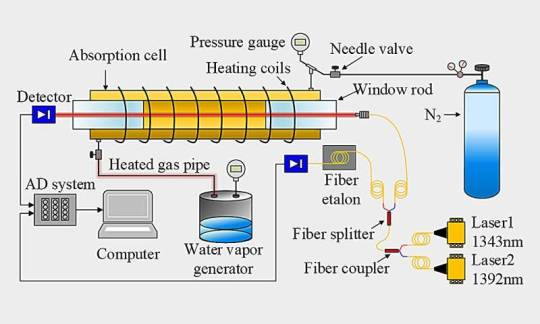
Concentration-independent pressure sensing method developed for high-temperature combustion diagnostics
Recently, a research group led by Prof. Gao Xiaoming and Prof. Liu Kun from Hefei Institutes of Physical Science (HFIPS), Chinese Academy of Sciences (CAS), developed a concentration-independent pressure sensing method based on two-color laser absorption spectroscopy for high-temperature combustion diagnostics.
The research results were published in Optics Letters.
Aero engines are moving towards high-temperature and high-pressure combustion to improve thermodynamic efficiency. Pressure is an important parameter to monitor engine performance and diagnose engine faults. However, conventional contact pressure sensors not only disturb the combustion flows but also suffer from the temperature tolerance limit of sensor materials.
Read more.
8 notes
·
View notes
Text
Improving the sensitivity of quantum infrared spectroscopy and developing quantum imaging in the infrared region are part of our quest to develop real-world quantum technologies.
7 notes
·
View notes
Photo


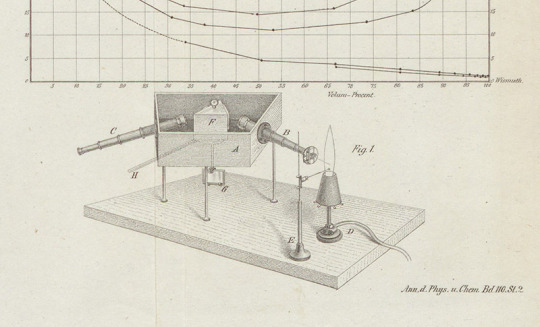
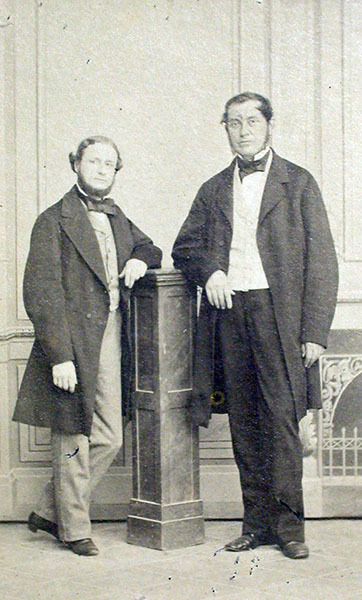
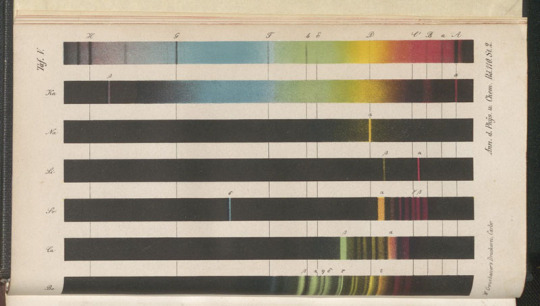


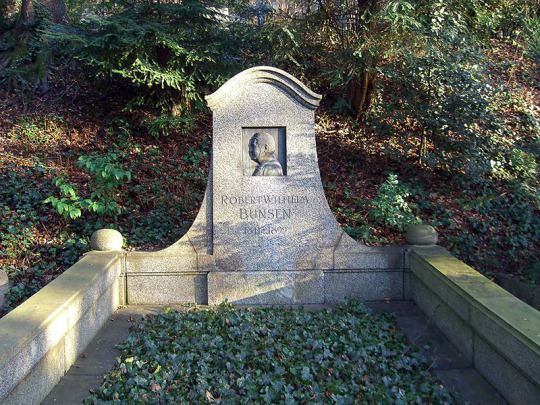
Robert Bunsen – Scientist of the Day
Robert Bunsen, a German chemist, died Aug. 16, 1899, at age 88.
read more...
#Robert Bunsen#chemistry#gases#spectroscopy#histsci#histSTM#19th century#history of science#Ashworth#Scientist of the Day
28 notes
·
View notes
Text
Hydrogen atoms on methyl groups bonded to sp³ hybridised carbons, for example, typically give a signal near δ 0.8 - 1.0 (see figure 20.33 for an example). (...) Let us now consider the splitting pattern in 1-chloropropane (figure 20.33).

"Chemistry" 2e - Blackman, A., Bottle, S., Schmid, S., Mocerino, M., Wille, U.
#book quotes#chemistry#nonfiction#textbook#hydrogen#methyl#carbon#delta#chloropropane#nmr#nuclear magnetic resonance#spectroscopy
3 notes
·
View notes